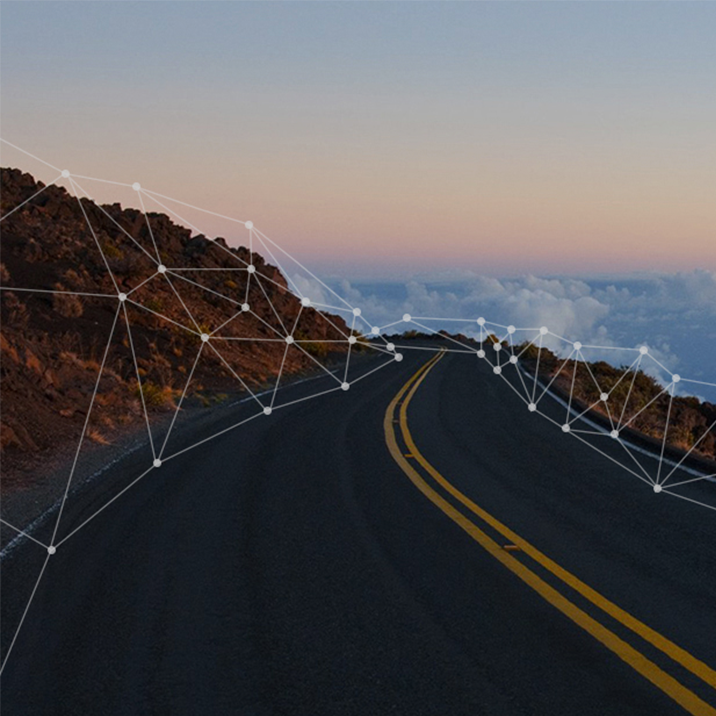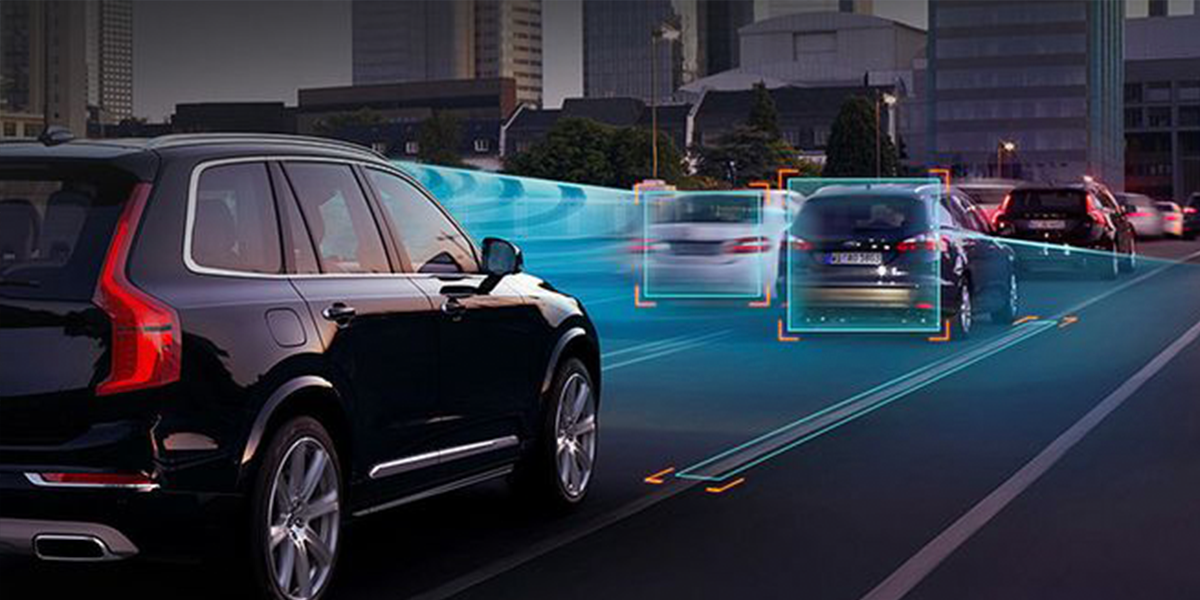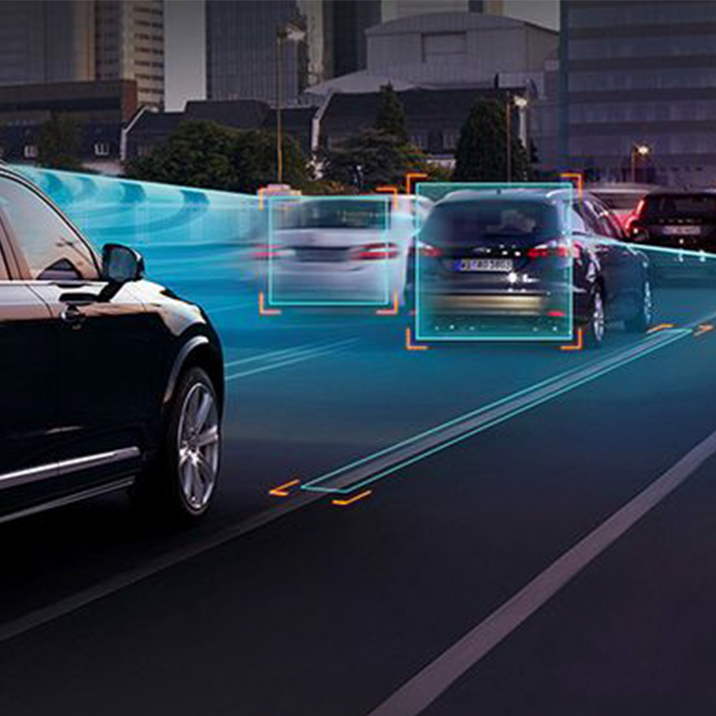



The reality of fully autonomous vehicles is drawing ever closer, and increasingly sophisticated driver assistance technologies are permeating the industry. Today’s ‘semi-autonomous’ cars feature a range of support functions such as lane assist and automatic braking, and the sector has become a hotbed of innovation as OEMs scramble to be the first to market with new technology. Equally, infotainment and connected services have also been subject to rapid development, with connectivity opening up a world of opportunity in the way in which cars interact with occupants, other vehicles, and infrastructure.
These changes are significant in terms of HMI development, since there is much more information to be exchanged between car and driver, and automakers are beginning to look at HMI in terms of a ‘conversation’ between the vehicle and occupants. Drivers no longer interact with the car by the simple means of pushing buttons and levers, and we have already seen the introduction of voice-recognition, gesture control and touchscreen technology. HMI systems of the future, however, have the potential to be unrecognizable from today’s systems as automation and connectivity change the way we interact with our cars.
Growing Demands on HMI Systems
The next generation of HMI systems - HMI 2.0 - will have to meet a variety of demands. Connectivity is generally considered in terms of infotainment - navigation, point-of-interest services and so on - but connection to the cloud allows access to data continually, from other devices, other vehicles and potentially from smart cities. Connectivity will also apply to the driver, whereby monitoring can collect data about the driver’s health and wellbeing. A challenge is to process and convey all of this information to the driver at relevant times and in a manner which is unobtrusive.
As driver assistance technology develops and is implemented into vehicles, the HMI system of the future will need to find ways for driver and car to switch control seamlessly. An occupant should understand quickly and easily how much control and attention is required of them, and how much of the driving the car can take care of. This creates a significant crossover - if for example a crash sensor detects a potential collision, any HMI system will need to be able to alert the driver, pause communication or infotainment and ensure that the driver is aware of what action is required.
A Holistic Approach
This leads into the holistic approach that designers of HMI systems are beginning to take, and it is entirely necessary for the introduction of autonomous driving. One of the consistent discussions surrounding autonomous vehicles is that of trust. How does the industry convince consumers that the vehicle can be trusted to drive itself? Can consumers be convinced that the car will make the right judgment in given situations? We cede control every time we enter a vehicle that another person is driving, but how easily can that be applied to a machine rather than another human? Communication is therefore incredibly important, and it may be that the car will need to consistently communicate the status of automation at all times.
A further concept in a holistic approach is the idea of the car learning about the driver and his or her habits, to create a personalized experience. The position of seat and steering wheel, preferred temperature, and favorite visual and audio presets are concepts with which most are familiar. Connectivity enables the concept to move a step further - and this is particularly relevant when considering new mobility systems.
New designs are beginning to consider the level to which the car can become an ‘assistant’ by understanding and predicting the driver’s behavior. If, for example, a driver instructs the car to find a restaurant, it must be within travelling distance, open, and accepting bookings. A driver may ask the car to find a parking space near to the restaurant, but ‘near’ means very different things to different people. An intelligent HMI system which is able to learn about human behavior and adjust to the individual will provide a much greater level of interaction and ultimately a more seamless experience.
New mobility systems in development are working on the idea of no car ownership, whereby users can summon a vehicle as and when they need to travel. Cloud connectivity opens up the possibility of a personal profile so that any car can immediately tailor itself to a user’s learned preferences.
Latest Technology
Such ideas are still some way from fruition, but as ADAS functionality develops, so HMI systems are growing and changing the way we interact with vehicles. Some of the latest technology and concepts show how manufacturers are developing HMI to provide a more seamless user experience.
Daimler
Winning first prize in the Car HMI Awards 2016 for ‘Most user-friendly HMI feature’ was Daimler with its Steering Wheel Touch Control in the new Mercedes E-Class.
The E-Class is the first car to integrate touch control buttons into the multifunctional steering wheel. The buttons are similar to the surface of a smartphone in that they are touch sensitive and respond to typical finger swipes. Every function of the infotainment system can be controlled in the same logical and intuitive manner as a smartphone, without the driver ever having to remove hands from the wheel.
The driver can also use the COMAND controller and LINGUATRONIC voice-control to activate the infotainment system - providing a choice of input method. The E-Class can also be controlled via conventional buttons for systems such as air conditioning, and to activate/deactivate certain driver assistance systems.
Daimler’s aim in the interior design was to logically group the vehicle’s controls and display functions in terms of form and content, to closely unite intuitiveness of use with functionality. Developers specifically focused on using new presentation and display techniques to make it easier for the driver to register and experience information - animated displays, for example, are used to denote the current mode of action of assistance systems.
Volkswagen
VW showed off its ideas about the mobility of tomorrow at CES 2017, where it demonstrated how the automaker views the ‘interactive experience’ in a connected world.
With the slogan ‘We are always on’, VW has embraced the notion of personalized digital preferences. As part of the show visitors were able to configure their own personal settings and services on a digital platform - the Volkswagen Ecosystem - before experiencing their unique ‘Volkswagen User-ID’ live. In the future VW expects that drivers will be able to take their profile with them regardless of which Volkswagen (personal or rental) they are driving.
Also presented were VW’s next milestones in intuitive user operation with the Digital Cockpit(3D), Eye-tracking, and AR Heads-up Display. Eye-tracking technology is still in its infancy, but offers a glimpse into the way vehicle functions could be operated more quickly and easily in combination with touch and gesture control. The AR Heads-up Display projects virtual information graphics ahead of the vehicle, blending with the road so that the driver can easily understand the information with minimal distraction.
These technologies are expected to appear in the production version of the I.D. concept, slated for 2020.
Visteon
The rapid pace at which HMI systems are developing requires huge amounts of computing power. Established consumer electronics firms and technology startups are making inroads into the automotive market, but the industry already has strong partnerships with established suppliers in this sector, such as Continental and Visteon.
The latter announced earlier this year that it had secured a second SmartCore Domain Controller program with a European automaker. SmartCore is Visteon’s integrated domain controller that can independently operate the infotainment system, instrument cluster, and potentially any other features on one System on Chip. SmartCore, which is due to launch in 2018, is designed to integrate infotainment, instrument cluster, information displays, heads-up displays, advanced driver assistance systems, and connectivity. The architecture is fully scalable and cyber-secured through virtualization of the different cores and controlled firewalls. This enables independent functional domains with different levels of ASIL requirements.
Summary
The march towards fully autonomous driving will see an increasing amount of advanced driver assistance systems being introduced in the coming years. This alongside a rapidly developing connected world which will provide infotainment functions as well as the raw data to support ADAS and autonomous vehicles. This has created a new direction in HMI design, with designers considering a journey as an experience, and the interaction



在微信中搜索faceui
或保存二维码在微信中打开